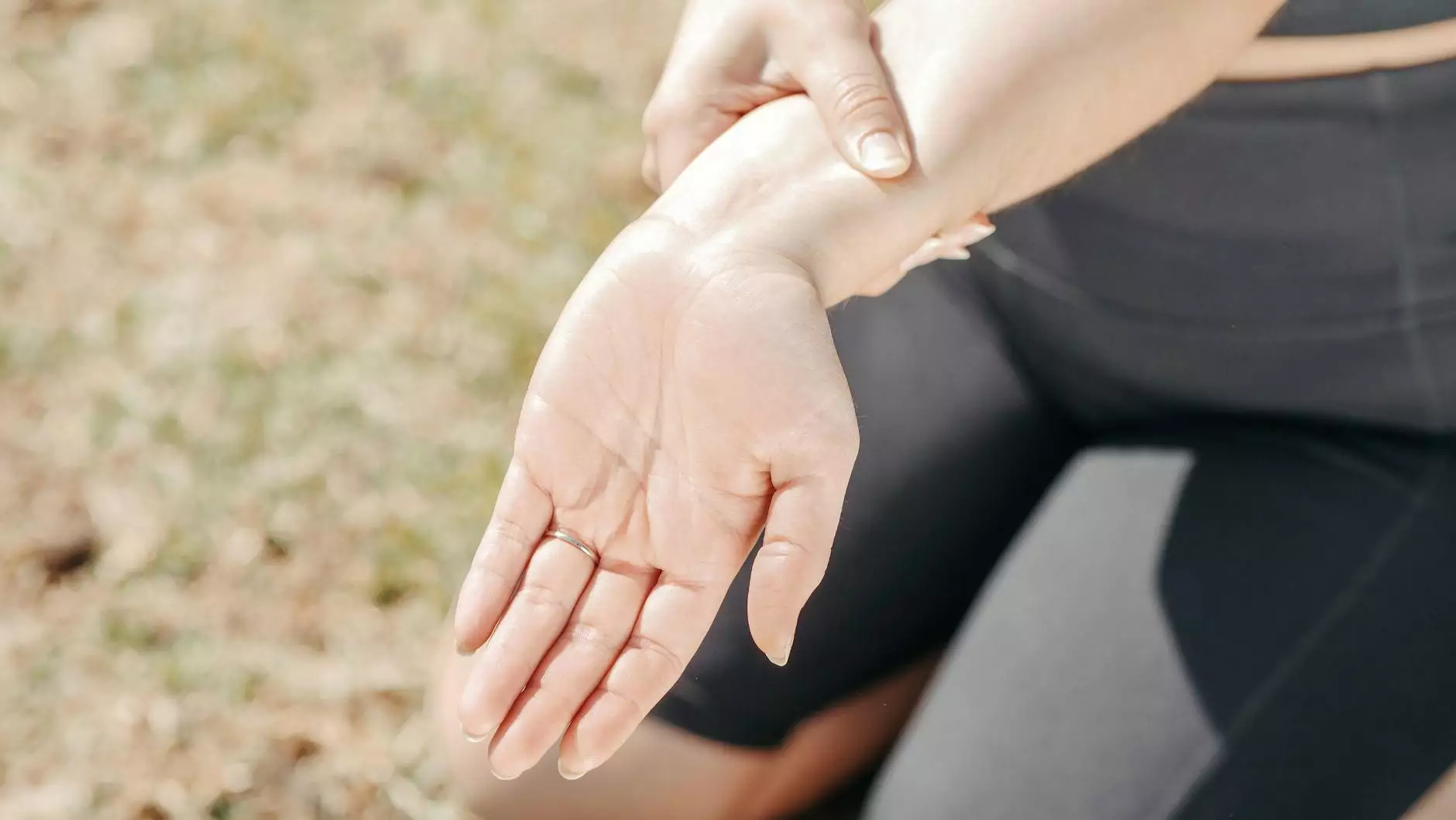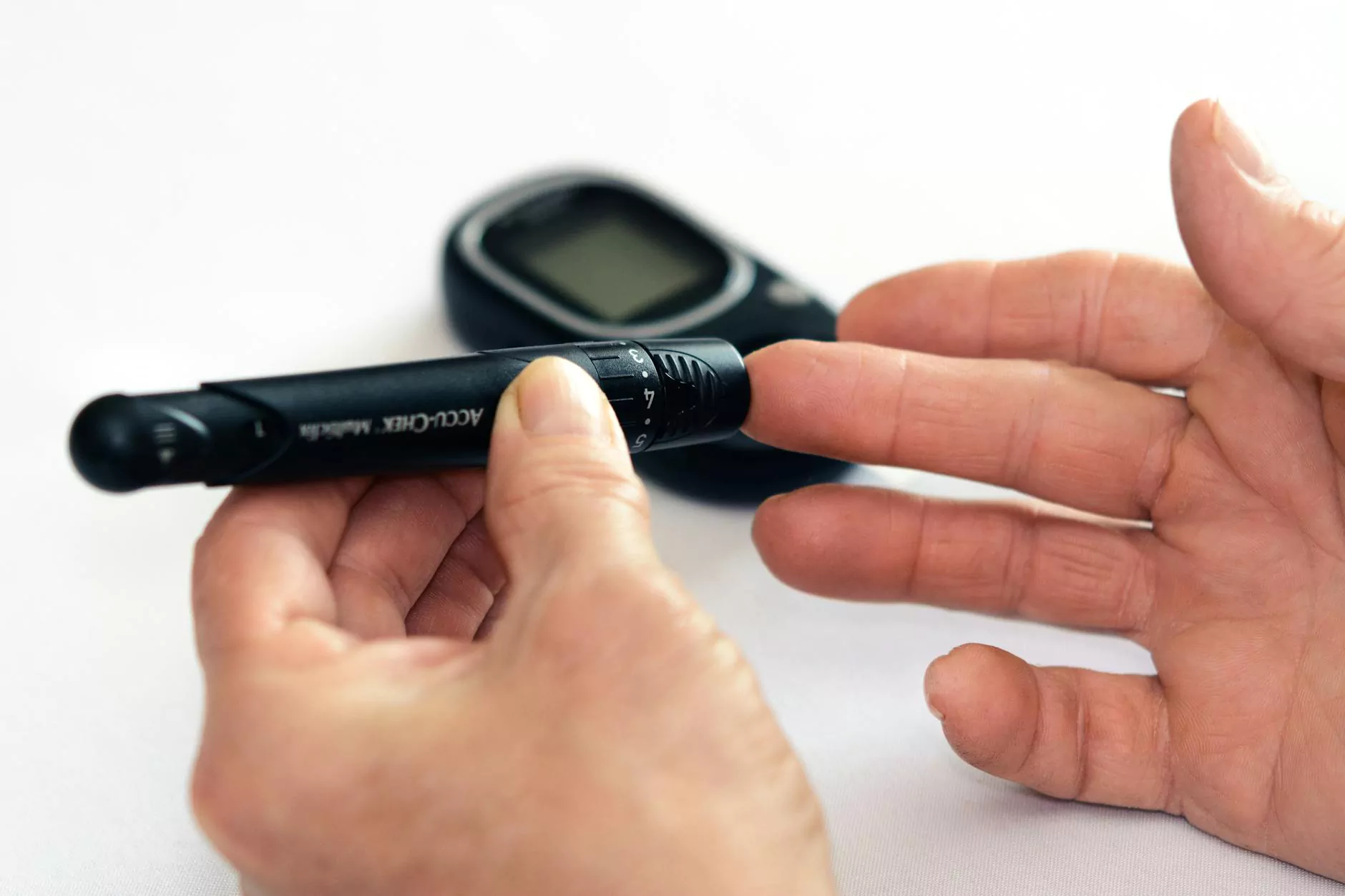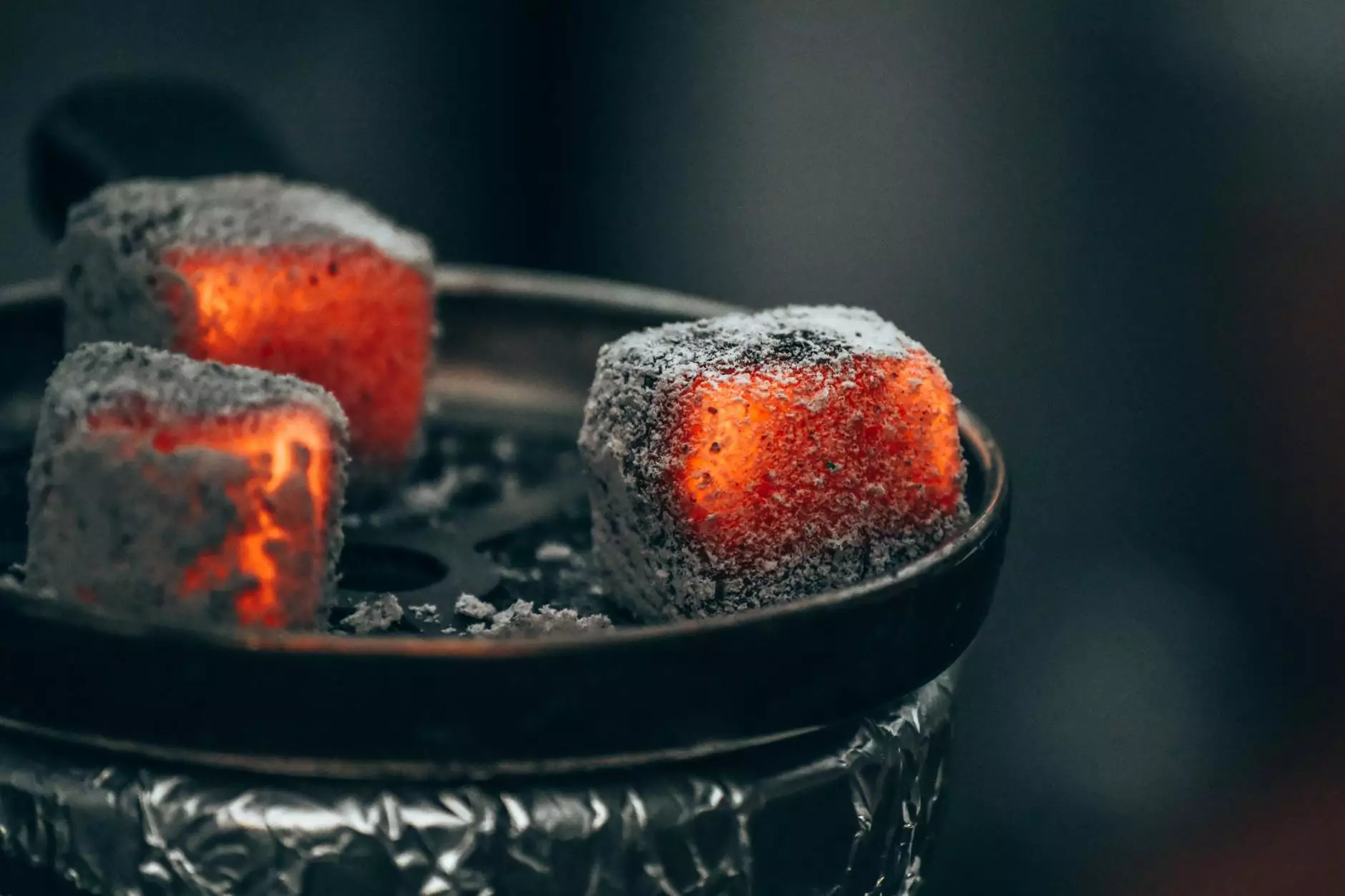Tendonitis vs Tendinopathy: Understanding the Differences and Treatment Options

Tendon health is crucial for maintaining an active lifestyle, yet many people are often confused by the terms tendonitis and tendinopathy. They may appear similar at first glance; however, they encapsulate different conditions related to tendon injuries. In this comprehensive article, we will delve deep into the nuances of tendonitis vs tendinopathy, discussing their causes, symptoms, diagnoses, and effective treatment strategies.
What is Tendonitis?
Tendonitis refers to the inflammation of a tendon, the thick fibrous cords that attach muscle to bone. This condition is often characterized by a sudden onset of pain and tenderness near the affected joint and typically occurs due to acute injury or overuse. Common sites for tendonitis include the shoulder, elbow, wrist, knee, and Achilles tendon.
Causes of Tendonitis
- Repetitive Motion: Engaging in repetitive activities without adequate rest can irritate and inflame tendons.
- Aging: As people age, tendons naturally lose some of their elasticity, making them more susceptible to injury.
- Poor Posture: Bad posture during activities such as sitting, lifting, or even exercising can strain tendons.
- Previous Injuries: A history of tendon injuries can increase the likelihood of developing tendonitis.
Symptoms of Tendonitis
The symptoms of tendonitis are often straightforward:
- Pain: A throbbing or burning sensation often occurs near the joint.
- Swelling: The affected area may appear swollen due to inflammation.
- Stiffness: Limited movement or difficulty using the affected joint may be noticeable.
- Warmth: The skin around the tendon can feel warm to the touch.
What is Tendinopathy?
Tendinopathy, on the other hand, is a broader term that encompasses any injury or condition related to a tendon, including degeneration. While tendonitis is characterized primarily by inflammation, tendinopathy often involves changes to the tendon structure, such as thickening or degeneration.
Causes of Tendinopathy
The causes of tendinopathy can be similar to tendonitis but are more related to chronic conditions. Key contributing factors include:
- Chronic Overuse: Continuous stress on the tendon over an extended period can lead to degenerative changes.
- Biomechanical Issues: Poor alignment or functional abnormalities can stress tendons unduly.
- Intrinsic Factors: Genetic predispositions or existing medical conditions can also increase the risk.
- Inadequate Recovery: Not allowing sufficient recovery time after exercise can escalate into tendinopathy.
Symptoms of Tendinopathy
Symptoms of tendinopathy may not be as acute as tendonitis but are often more persistent:
- Chronic Pain: A dull ache that worsens with activity is common.
- Stiffness: The affected tendon may feel stiff, particularly after periods of inactivity.
- Swelling: Similar to tendonitis, there may be swelling but typically less pronounced.
- Reduced Strength: There may be noticeable weakness in the affected area, affecting performance.
Key Differences Between Tendonitis and Tendinopathy
Understanding the differences between tendonitis and tendinopathy is critical for effective treatment. Here are some of the main distinctions:
FeatureTendonitisTendinopathyDefinitionInflammation of a tendon.A broader term encompassing tendon injury, including degeneration.DurationTypically acute.Often chronic.SymptomsSharp pain, swelling.Dull pain, stiffness.Treatment FocusReducing inflammation.Promoting tendon healing and strength.Diagnosis of Tendonitis and Tendinopathy
Accurate diagnosis is essential in distinguishing tendonitis vs tendinopathy. Healthcare professionals typically perform a comprehensive evaluation that includes:
- Physical Examination: Assessment of pain, swelling, and tendon function.
- Medical History: Understanding the patient's activity level and previous injuries.
- Imaging Studies: X-rays, MRIs, or ultrasounds may be utilized to visualize tendon integrity.
Treatment Options for Tendonitis and Tendinopathy
Both conditions require tailored treatment plans based on the severity and duration of the symptoms. Here is a detailed overview:
Conservative Treatment Approaches
- Rest: Taking a break from activities that aggravate the condition.
- Ice Therapy: Applying ice can reduce pain and swelling.
- Compression and Elevation: These techniques help alleviate swelling.
- Physical Therapy: Structured rehabilitation can strengthen the affected areas and restore function.
Medications
In both conditions, medications may be prescribed to manage symptoms:
- Nonsteroidal Anti-Inflammatory Drugs (NSAIDs): Help alleviate pain and inflammation.
- Corticosteroid Injections: May provide temporary relief but should be used judiciously.
Advanced Treatments
If conservative treatments fail, advanced options may be necessary:
- Platelet-Rich Plasma (PRP) Injections: This treatment utilizes components from the patient’s blood to promote healing.
- Surgery: In rare cases of severe tendinopathy, surgical intervention may be necessary to repair the tendon.
Prevention Strategies for Healthy Tendons
To avoid the pitfalls of both tendonitis and tendinopathy, proactive measures are crucial:
- Warm-Up: Gradually preparing muscles and tendons before physical activity.
- Strength Training: Incorporating balanced strength exercises to support tendons.
- Flexibility Exercises: Enhancing the range of motion through stretching.
- Proper Technique: Ensuring correct form while exercising reduces undue stress on tendons.
Conclusion
In conclusion, understanding the distinctions between tendonitis and tendinopathy is fundamental for effective diagnosis and treatment. Both conditions can significantly impact one's quality of life but can be managed with proper care and prevention strategies. Whether you are an athlete or someone who engages in day-to-day activities, being proactive about tendon health is essential. If you experience any symptoms, consult a healthcare professional for tailored advice and treatment options.
For more information about maintaining your tendon health and effective treatment strategies, visit IAOM-US.









